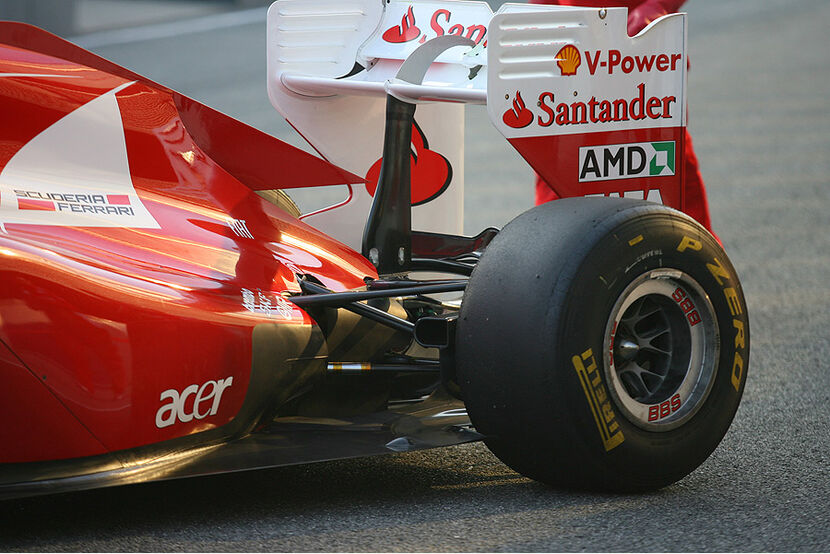Just to add that this development was planned since 2007. I've been asking people to read this in a separate thread, but here you might find more time.
http://www.paddocktalk.com/news/html/mo ... mework.pdf
The relevant paragraphs, in page 4, say (written in June 2007, year when the "chassis framework for 2011" had to be approved by all teams):
...
b. Front and rear wings being constrained to fit within defined ‘boxes’ and consist of a
fixed number of elements. The purpose of this is to constrain the designer from
producing overly complex assemblies. The rear wing will be the main mechanism by
which adaptive drag is achieved, while the relatively small (compared to today) front
wing serves as a trim to achieve balance. The front wing ‘box’ will be close to the
ground to minimise the affect (sic) of wake turbulence.
c. Front and rear wing settings maybe electronically controlled, but within set limits
defined from time to time by the FIA. This is to allow much reduced drag along the
straights to improve fuel efficiency and yet retain the downforce required around
corners, under braking and under acceleration so as to retain overall lap times. Failsafe
design, as used on aircraft, will be mandated.
The "failsafe design" could explain the size of some things. I'd say this implies not one but two hydraulic cylinders.
Anyway, teams had 4 years to be prepared...
I'm intrigued by the Plasma Generation (already mentioned in an old thread) and MEMS (same thing) that the document proposes for drag reduction. I'm also intrigued with what happened to the adaptive cooling systems (another way to reduce drag and downforce at the same time, the ultimate goal of FIA these days, as you can easily deduce if you read the document).
I am also very intrigued with what happened with this point (page 5):
6. Improving the show: A turbulence sensor complete with an aircraft type back up system (for robustness) will be supplied by the FIA. When travelling in high turbulence levels such as those generated by the close presence of a leading car, the ride height of the car, both front and rear, must be altered in response to the output of this sensor (within a set range, at a set rate, and with appropriate hysteresis, determined from time to time by the FIA) to compensate for the degradation in performance. In free stream the car is to return to a baseline ride height. The purpose is to allow for full compensation for downforce losses due to being in the wake of another car.







